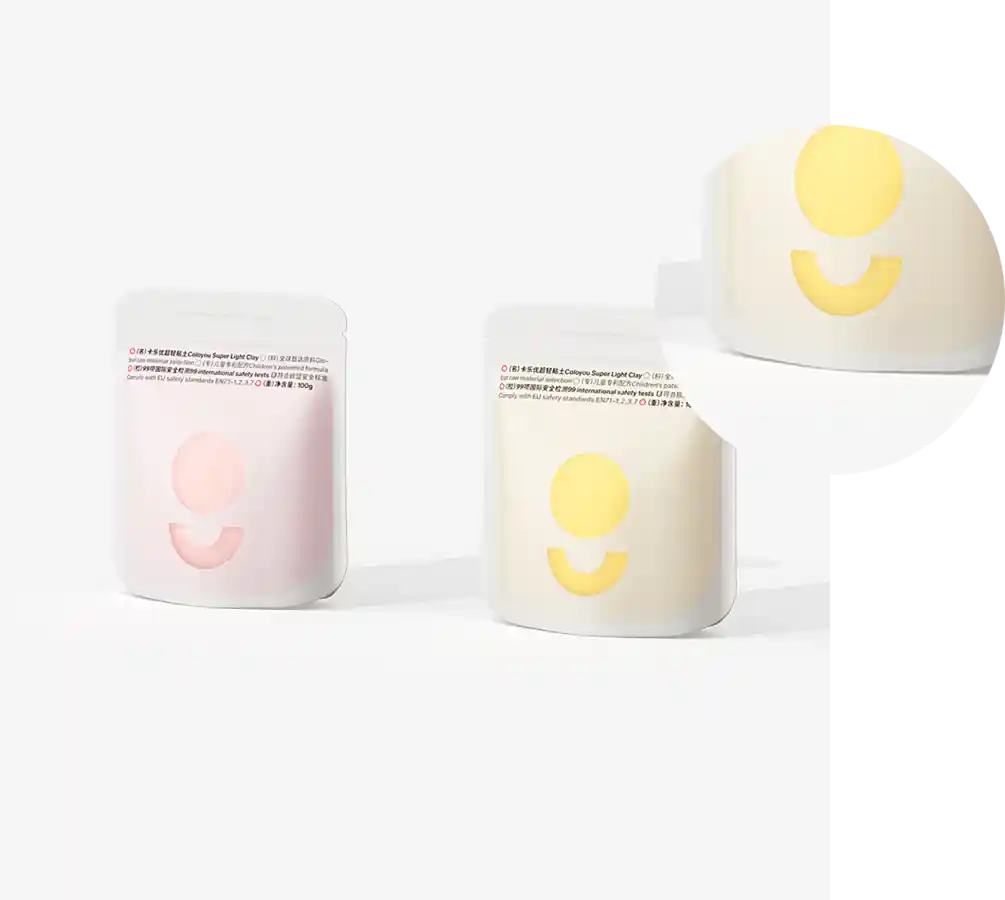- Afrikaans
- Albanian
- Amharic
- Arabic
- Armenian
- Azerbaijani
- Basque
- Belarusian
- Bengali
- Bosnian
- Bulgarian
- Catalan
- Cebuano
- chinese_simplified
- chinese_traditional
- Corsican
- Croatian
- Czech
- Danish
- Dutch
- English
- Esperanto
- Estonian
- Finnish
- French
- Frisian
- Galician
- Georgian
- German
- Greek
- Gujarati
- haitian_creole
- hausa
- hawaiian
- Hebrew
- Hindi
- Miao
- Hungarian
- Icelandic
- igbo
- Indonesian
- irish
- Italian
- Japanese
- Javanese
- Kannada
- kazakh
- Khmer
- Rwandese
- Korean
- Kurdish
- Kyrgyz
- Lao
- Latin
- Latvian
- Lithuanian
- Luxembourgish
- Macedonian
- Malgashi
- Malay
- Malayalam
- Maltese
- Maori
- Marathi
- Mongolian
- Myanmar
- Nepali
- Norwegian
- Norwegian
- Occitan
- Pashto
- Persian
- Polish
- Portuguese
- Punjabi
- Romanian
- Russian
- Samoan
- scottish-gaelic
- Serbian
- Sesotho
- Shona
- Sindhi
- Sinhala
- Slovak
- Slovenian
- Somali
- Spanish
- Sundanese
- Swahili
- Swedish
- Tagalog
- Tajik
- Tamil
- Tatar
- Telugu
- Thai
- Turkish
- Turkmen
- Ukrainian
- Urdu
- Uighur
- Uzbek
- Vietnamese
- Welsh
- Bantu
- Yiddish
- Yoruba
- Zulu
Eco-Friendly Chipboard Packaging Solutions for Sustainable Shipping and Storage Needs
The Significance of Chipboard Packaging in Modern Industries
Chipboard packaging has emerged as a vital component in the realm of modern packaging solutions, playing a crucial role in various industries ranging from food to electronics. As a versatile and cost-effective material, chipboard, also known as paperboard, is made from recycled paper and wood fibers. This eco-friendly aspect aligns with the current push towards sustainability, making chipboard not only a practical choice but also a responsible one.
One of the primary advantages of chipboard packaging is its versatility. The material can be easily molded and designed into various shapes and sizes to suit different products. Whether for cereal boxes, shipping containers, or intricate packaging for fragile items, chipboard provides adequate strength while being lightweight. This adaptability means that manufacturers can create custom designs that not only accommodate their products effectively but also enhance the visual appeal through colorful printing and branding.
Moreover, chipboard is an economical option compared to other packaging materials like plastic or metal. The production process of chipboard is generally less expensive, and its recyclable nature contributes to lower overall costs associated with waste management. Companies seeking to reduce their expenditures often turn to chipboard as a way to maintain quality while keeping their budgets intact. This is particularly beneficial for small to medium-sized enterprises that may not have the resources to invest heavily in packaging.
When it comes to environmental concerns, chipboard packaging shines as an eco-friendly alternative. With growing consumer awareness about sustainability, many customers prefer products that utilize recyclable materials. Since chipboard is predominantly made from recycled paper waste, its use significantly reduces the demand for new raw materials and minimizes the carbon footprint of packaging production. Furthermore, chipboard itself is completely biodegradable, which aligns with the increasing number of regulations aimed at reducing plastic waste and encouraging sustainable practices.
chipboard packaging

In addition to its ecological benefits, chipboard packaging provides excellent protection for products during transportation and warehousing. Its sturdy construction ensures that items remain safe from physical damage, moisture, and dust. This durability is particularly essential for e-commerce businesses, where items travel long distances and are subject to various handling conditions. By choosing chipboard packaging, companies can enhance their product safety and reduce losses associated with damaged goods.
Another crucial consideration for industries that require packaging is the ability to print on the material. Chipboard offers a smooth surface that is ideal for high-quality printing, allowing businesses to showcase their branding effectively. This feature is important not just for aesthetic appeal but also for providing essential information about the product, including instructions, nutritional information, and barcodes. An attractive presentation can significantly impact consumer purchasing decisions, making chipboard packaging an excellent marketing tool.
However, despite its many advantages, it’s important to note that chipboard packaging is not without limitations. For instance, while it offers good protection, it may not be entirely waterproof. Therefore, industries dealing with liquids or highly moisture-sensitive materials often need to consider additional coatings or barrier options. Nevertheless, ongoing advancements in material science are continually improving chipboard’s capabilities, making it a more robust option over time.
In conclusion, chipboard packaging is a significant player in the modern packaging industry. Its combination of versatility, affordability, sustainability, and branding potential makes it a preferred choice for many businesses. As more companies strive to meet consumer demands for eco-friendly practices and cost-effective solutions, the role of chipboard in product packaging will likely expand and evolve, solidifying its place in a sustainable future.













